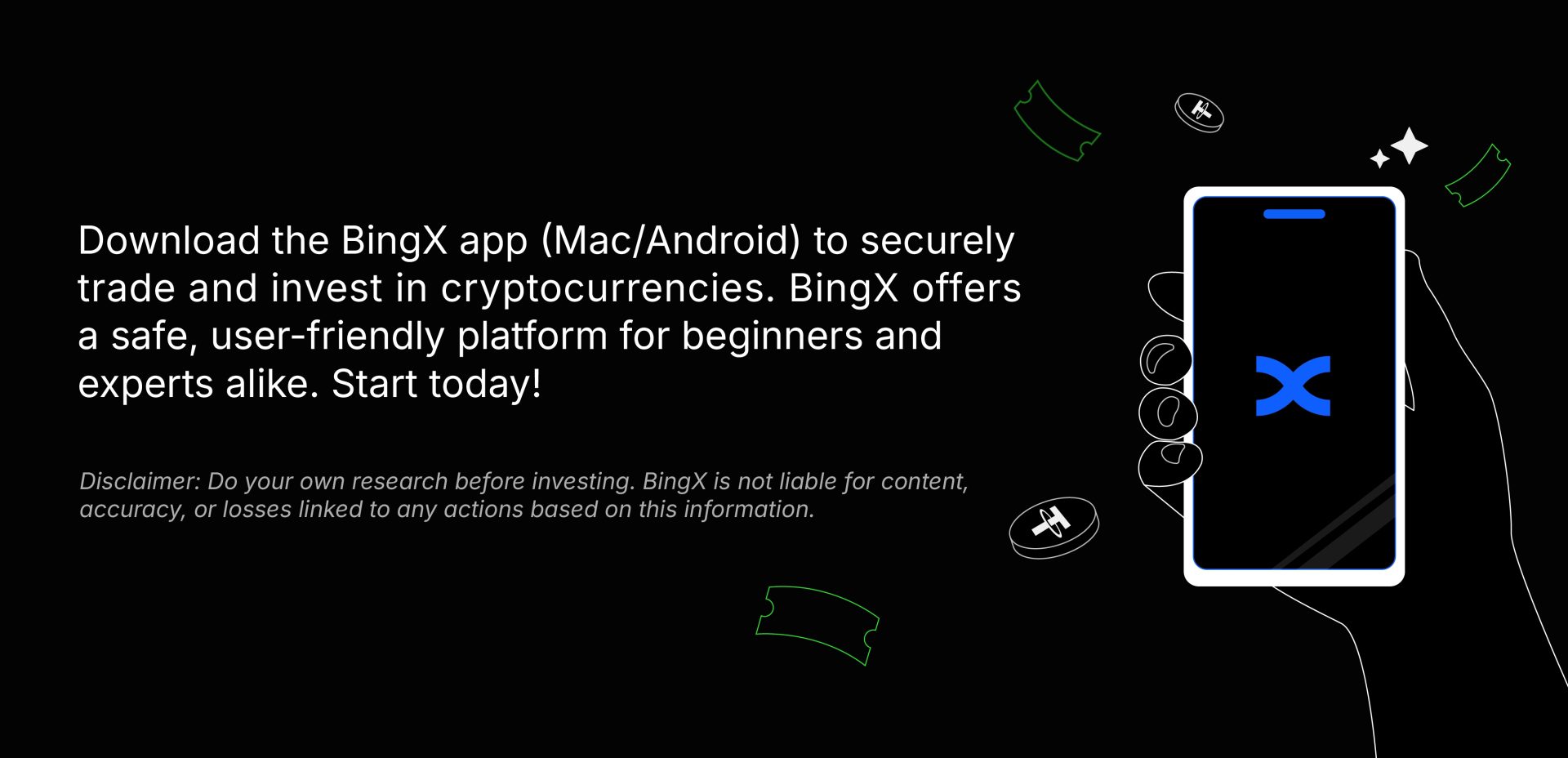What if the next big thing in NFTs isn’t on Ethereum or Solana, but Bitcoin? Sounds strange? That’s exactly why it’s worth paying attention. Bitcoin Ordinals, a quirky yet compelling innovation, have stormed the NFT world, pulling attention away from established chains. Are they a flash in the pan like meme coins, or are they laying the groundwork for Bitcoin’s role in digital collectibles? The data from CoinGecko’s 2025 Q1 Crypto Industry Report paints a fascinating picture of an NFT battle between chains, traders, and taste.
A Breakout Quarter: Ordinals Overtake Ethereum
The first quarter of 2025 saw a plot twist nobody expected. While Ethereum-based NFT volumes did indeed plummeted byover a nasty 85%, Bitcoin NFTs went parabolic. In March alone, Bitcoin Ordinals trading volume exploded from $116 million in February to $547 million. That’s a 3.7 jump within one quarter. The culprit? A frenzy of minting activity with projects like Ordinal Maxi Biz and Idiots NFTs going viral on Magic Eden, now the top Bitcoin NFT marketplace. This surge allowed Bitcoin to briefly flip Ethereum in monthly NFT volume, which is a surprising first in history. Magic Eden saw its Bitcoin-based trading volume jump by 562% to $476 million, zooming past Blur and OpenSea, which together lost over $730 million in trading volume. It’s like Bitcoin put on an Ethereum hoodie and crashed the NFT party.
Not All That Glitters is Ordinal Gold
Not everything about Bitcoin Ordinals screams long-term sustainability though, even with this much hype in the last fe months. The NFT market overall is bleeding with bruises as Q1 trading volume dropping about 38.2% to $2.2 billion. Ethereum-based platforms, are still quite dominant in terms of infrastructure and utility. Although still in the game, it makes anyone question where Ethereum’s edge has gone. Most of the recent activity around Ordinals was hype-driven as well and surge could deflat as quickly as it inflated. Remember what happened with the LIBRA token?
NFT lending also took quite the nosedive, plunging by over 86% from January to March. While collections like Pudgy Penguins and Doodles saw some success in borrowing markets, overall lending volumes slipped, dragging confidence with them. The broader market trend suggests caution. Any seasoned trader might put it in other words: “Don’t FOMOyour portfolio into JPEGs with a QR code.”
The Real Question: What’s Bitcoin’s Endgame Here?
There’s something poetic about Bitcoin, the granddaddy of crypto, suddenly becoming cool again through NFTs. This shift signals a potential evolution of how we view Bitcoin’s role in the ecosystem. Is it just a store of value, or can it become a digital canvas for culture and expression? Platforms like Magic Eden are betting on the latter. This would make any trader more intrigued, if not more cautious and speculative. That said, let7s not ignore the elephant in the blockchain space: scalability. There is only so much space in each block on the Bitcoin blockchain. Ethereum and Solana still remain far more efficient for smart contracts and NFTs, hands down. Bitcoin Ordinals require full-node inscription and have been critiqued for severely clogging the network. Until Bitcoin scalability improves or L2solutions evolve, this renaissance might be more of a short-lived renaissance fair.
Are We Ultimately Mooning Or miming?
Ordinals have delivered what few innovations in crypto can: surprise, speculation, and a good ol’ shake-up of the status quo. Long-term adoption will still depend on infrastructure, utility, and ofcourse, whether they’re more than just digital doodles. Regardless if you’re team HODL or team JPEG, one thing’s clear: Bitcoin NFTs are no longer a joke, or perhaps just a funny one.
